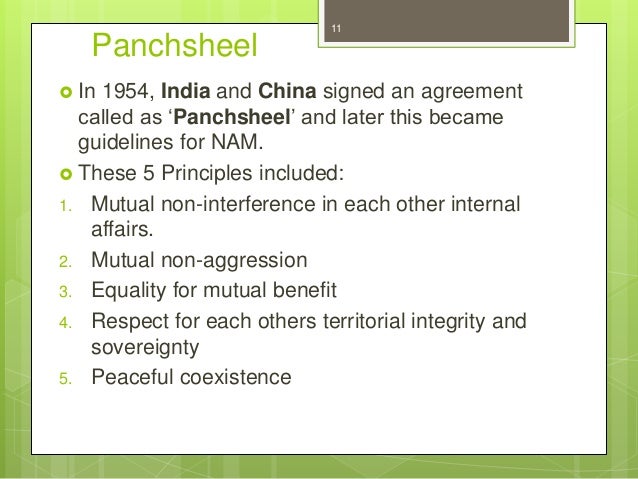
Alluding to the evolution of the NAM, Rauch ( 2008) argued that “the first step on the path towards establishing this organization was the Bandung Conference in Indonesia in 1955…” (p. In fact, these were the two issues that later defined the non-aligned movement.

For example, Waters ( 2001) argued that the “membership and agenda” of the Afro-Asian Conference in Bandung in 1955, “brought sharply into focus the questions and problems relating to decolonization and the cold war…”(p. However, many people in the Third World and some political commentators in this part of the world believe that the Bandung Conference paved the way for the NAM. He argued, “One of the more frequent ways in which non-alignment is given false roots (emphasis mine) is by referring back to the Asian African Conference, which was held in the Indonesian city of Bandung in 1955” (Willetts 1978, p. Willetts also did not believe that it was the Bandung Conference that catalyzed the movement. The argument here is that the spirit of the institution died in the immediate aftermath of its launch. It was in 1961 that the organization, which people in the Third World celebrated as one of their major international achievements, was formed. Willetts ( 1978), in one of his critical analyses of the non-aligned, contended that “while I maintain non-alignment was not born until 1961 as a coherent group of ideas propounded by a group of relatively like-minded states, it has also been maintained by other people that non-alignment did not live beyond 1961” (p. The negativity was also extended to scholarship on this subject. The West, not without reasons, believed that the NAM was a pro-Soviet organization and some actors thought it was reactionary. Most of the western world, from the inception of the NAM, viewed the organization and its agenda with a sense of suspicion and negativity. This paper relies on secondary data for analysis. Therefore, no argument has been presented as final thoughts. This article has been written with the purpose of igniting a public and intellectual debate on the subject of reforming the Non-Aligned Movement. This paper argues that reshaping should take three specific forms: (1) symbolic changes, (2) structural changes, and (3) policy changes. In order to continue and be relevant and efficient, the movement must be revamped and reshaped. This also justifies the need to continue because the system could end up with several rival blocs or power centers in the future. Moreover, the international system or, to be precise, the dynamics of the new world order are constantly changing. The movement’s need to continue is justified on the grounds that some of the old issues have taken a new form and new issues that affect members of the NAM as a collective entity, have emerged. However, the need to continue still remains valid. This article looks at the current state of the movement against the backdrop of a rapidly changing international order and argues that several of the originally declared objectives of the organization are no longer relevant.


Therefore, a reevaluation was in order for a long time. Many of the movement’s objectives lost relevance as major grievances began to be resolved.

Perhaps it was the straw that broke the camel’s back. This article has been written on the premise that the end of the Cold War was only one of the international developments that warranted a reevaluation of the NAM. For example, Rauch ( 2008) recently pointed out that “the end of the Cold War and the resulting rapprochement between the former blocs” have rendered the NAM irrelevant. The Cold War ended and it is argued that with the end of the Cold War, the NAM also lost its relevance. Obviously, not aligning with any of the superpower military alliances of the Cold War era was one of the stated objectives of the movement. The Non-Aligned Movement (NAM) is the most prominent international entity of the states of the Third World.


 0 kommentar(er)
0 kommentar(er)
